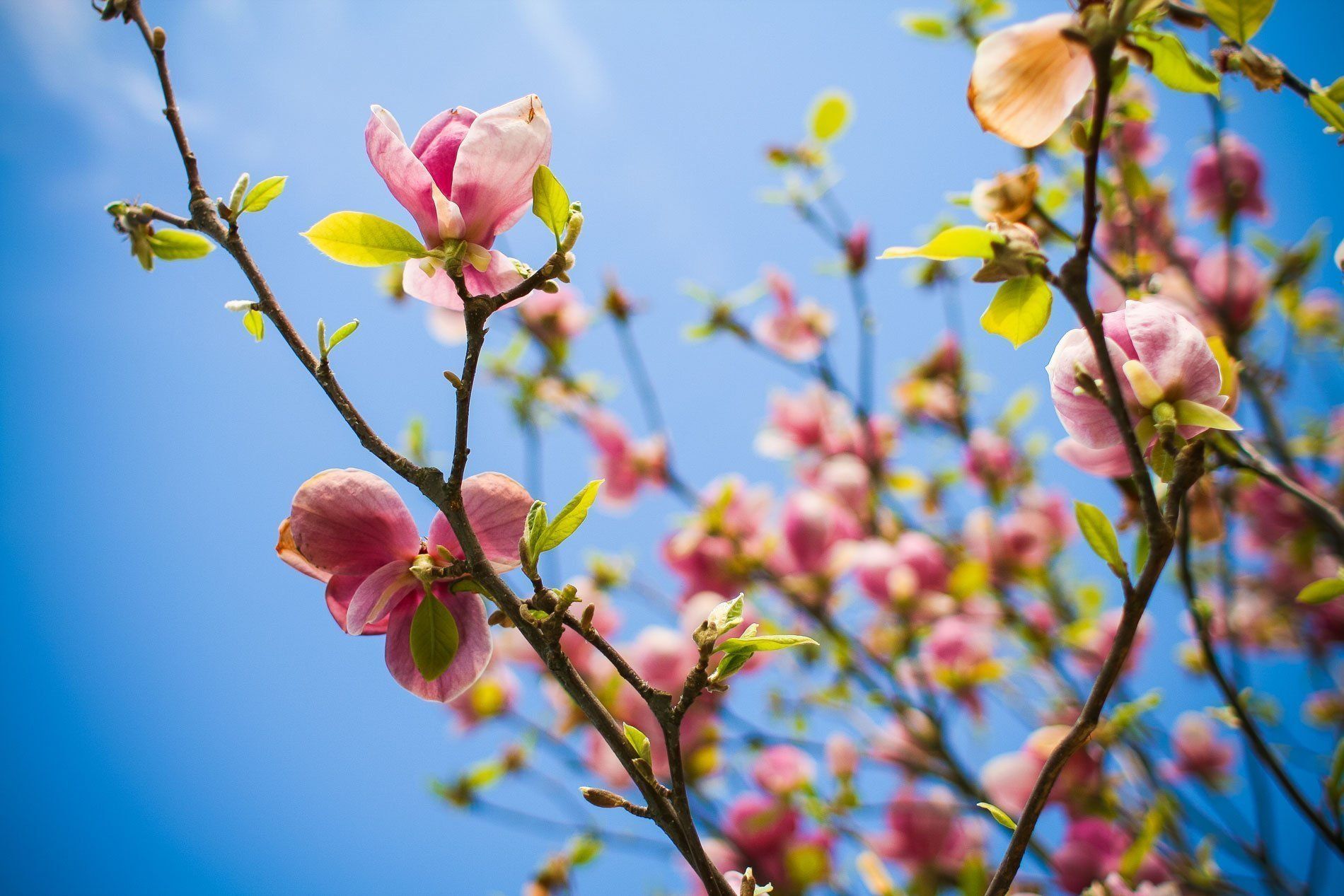The Winter Advantage: Unveiling the Importance of Tree Trimming
The Winter Advantage: Unveiling the Importance of Tree Trimming

As winter's chill settles in, many homeowners shift their focus away from outdoor landscaping tasks, assuming their trees are in a state of dormancy. Contrary to popular belief, winter is a prime time for an often-overlooked yet crucial activity: tree trimming. This blog post delves into the reasons why winter tree trimming is vital for the health and vitality of your trees.
Dormancy and Stress Reduction:
Winter marks a period of dormancy for most trees, where growth slows down, and metabolic activities decrease. During this time, trees are less susceptible to stress caused by pruning. Opting for tree trimming in winter capitalizes on the dormancy period, reducing stress on the trees and promoting an overall healthier state.
Disease Prevention:
Winter pruning plays a pivotal role in preventing the spread of diseases and pests. With leaves fallen, it becomes easier to identify and remove infected or infested branches. Removing compromised sections during winter minimizes the risk of diseases spreading to other parts of the tree or nearby trees. Additionally, pests are less active in the colder months, making it an ideal time to trim and protect your trees from potential infestations.
Structural Enhancement:
Trimming in winter allows arborists to focus on enhancing the tree's structural integrity. With foliage gone, the tree's framework is more visible, making it easier to identify and address structural issues. Correcting these problems during the winter months ensures that the tree can withstand the weight of snow and ice, reducing the risk of breakage and damage during winter storms.
Encouraging Vigorous Growth:
Pruning during winter stimulates new growth in the spring. By removing dead or weak branches, the tree can redirect its energy to more viable parts, promoting stronger and more vigorous growth when the warmer months arrive. This is particularly beneficial for fruit-bearing trees, as it can result in increased fruit production and improved overall health.
Improved Visibility and Accessibility:
Winter provides better visibility and accessibility for arborists to assess the tree's condition and execute precise trimming. Without the obstruction of leaves, arborists can identify potential issues more easily and make informed decisions about which branches to trim for the tree's health and aesthetics. Improved visibility also enhances safety during the trimming process, reducing the risk of accidents.
Mitigating Storm Damage:
Winter storms, characterized by heavy snowfall and ice accumulation, pose a significant threat to trees. Weak or overextended branches are more susceptible to breakage under the weight of snow and ice, potentially causing damage to property or posing safety hazards. Pruning during winter helps remove these vulnerable branches, reducing the risk of storm damage and enhancing the tree's resilience in the face of severe weather conditions.
Shape and Aesthetics:
While functionality and health are crucial aspects of tree trimming, aesthetics should not be overlooked. Winter tree trimming allows for shaping and grooming without the interference of leaves. By carefully sculpting the tree during its dormant period, you can enhance its natural form, promoting a well-balanced and visually appealing appearance when spring arrives.
Conclusion:
In conclusion, tree trimming during winter is a strategic and beneficial practice for maintaining the health, aesthetics, and resilience of your trees. The dormant period allows for stress-free pruning, disease prevention, and structural enhancement, ensuring that your trees enter the spring season in optimal condition. By recognizing the advantages of winter tree trimming, homeowners can contribute to the long-term well-being of their trees and enjoy the benefits of a thriving and visually pleasing landscape.


